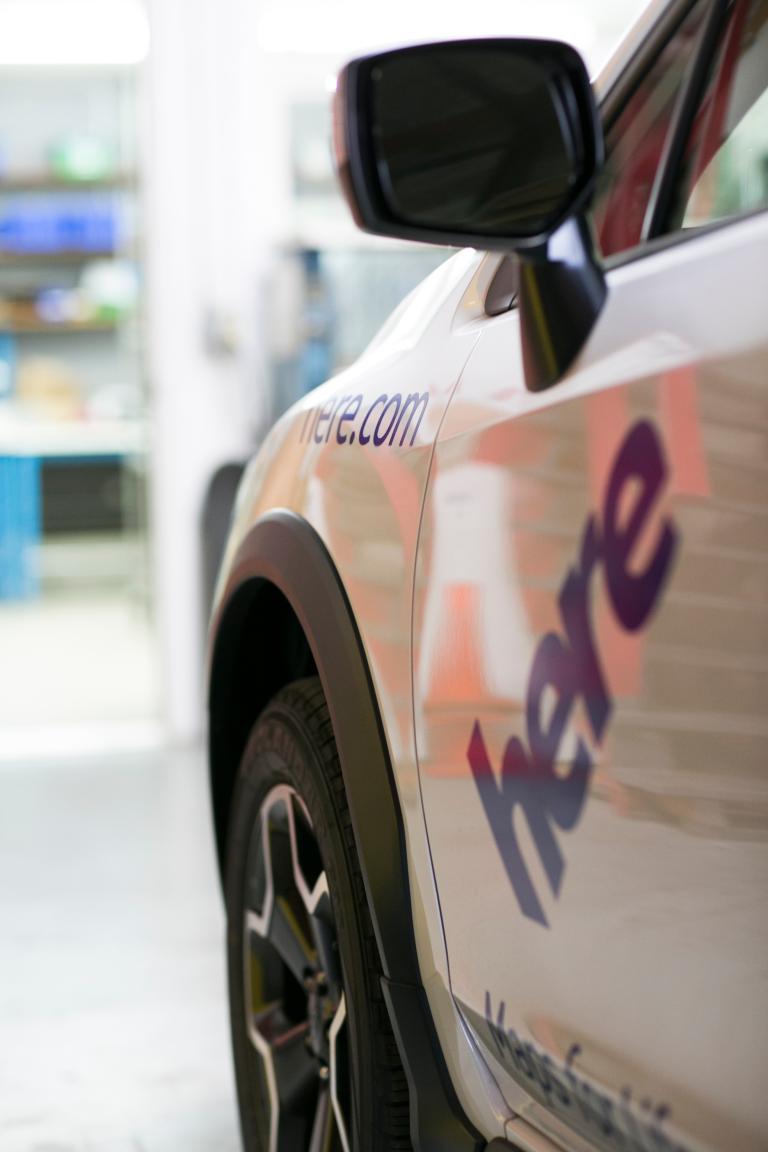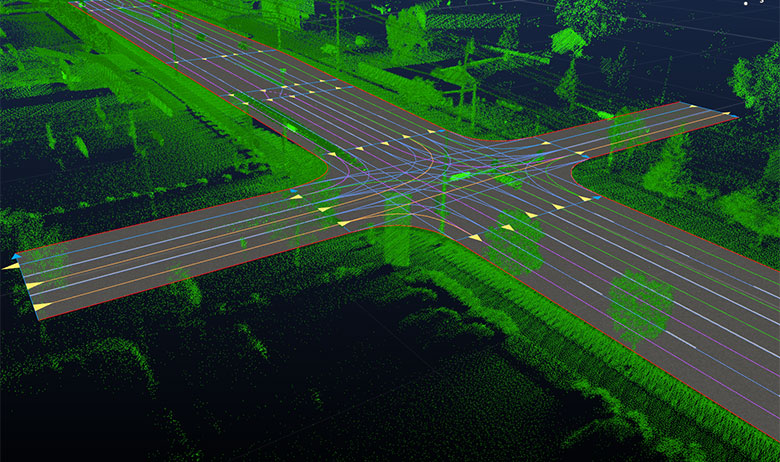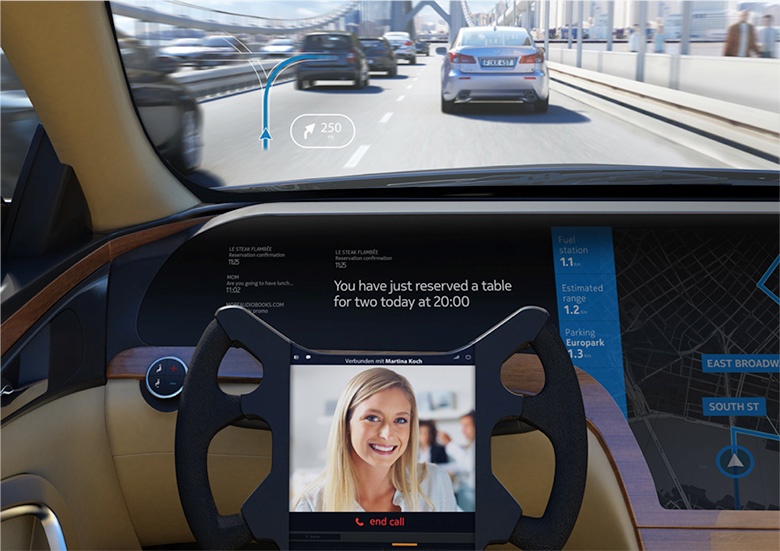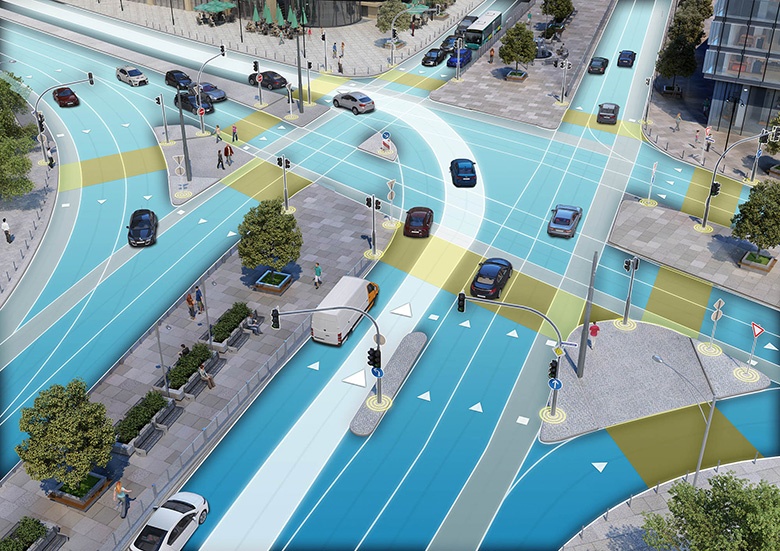Industry expert explains why autonomous cars need a map

Maps and GPS are invaluable tools for drivers wanting to get around, but what happens when our cars can actually drive themselves? According to Brad Templeton, a widely known expert on autonomous cars, maps will become more important than ever. And here’s why.
The humble map will be able to tell your car what exists beyond its sensors, says Brad. “Human-approved maps assure that a human has confirmed or corrected computer judgements about the road, which allows a greater confidence.”
That’s not to say maps will remain the same – on the contrary, Wired explains, they’ll need to be more detailed, more accurate and updated second by second. And, as HERE SVP Ogi Redzic tells the Washington Post, as driving becomes more automated, maps will be read by cars – not by you.

So why do autonomous cars actually need maps? We spoke to Brad to find out more.
HERE 360: What would autonomous cars actually use maps for?
BT: “The map helps the car to know precisely where it is with respect to the road (or the world) far beyond what GPS can do, and without its errors. The map allows the car to plan precisely where it will go, and to accurately execute that plan because it’s following the map.”
“A car needs to know where it is on the road with respect to the lanes, and thus where the lanes are. It needs to plot a course to stay properly in the lane, and needs to plot courses to move to other lanes and roads. Cars would probably be able to figure that out, but why ask them to? In addition, it’s always handy to know the geometry of where you’re turning to, how many lanes are there on the next road, what if there are no lane markers and you need to guess?”

HERE 360: Does the advanced level of required mapping mean we’ll see a limit on where autonomous cars are initially rolled out?
BT: “To a modest degree. Cars will operate at a much higher functionality where they have maps. Vendors will be reluctant to have their cars operate in areas where they have not been solidly tested, and so they have strong incentives to limit the area of operation at first, regardless of what maps they have. Mapping is not cheap, but it’s a lot cheaper than building, maintaining or even painting a road. If there’s demand to drive that road, there will be funding to map it. Low-demand roads may require manual or more limited operation.”
“A car that can drive without a map is a car that can make a map, after all. As the ability of cars to make maps as they drive increases, the cost of making maps go down.”
HERE 360: What will happen if maps aren’t up to date?
BT: “Most things that change the road, such as construction, are planned and announced in advance, and I recommend that rules be put in place to assure that is almost universally true. And in that case, it would be very, very rare for a car to stumble upon a changed road by surprise. In any event, only the first vehicle to come to a changed road need worry; unmanned vehicles might well be redirected to avoid the same roads.”
“The first car would either drive at a lower level of ability, or it would perhaps pause and ask the human inside it to drive. The new drive would be uploaded to correct the map data, so the 2nd car to encounter the zone has the correct map data (or perhaps the 4th, as it’s good to drive it a few times).”

HERE 360: Could autonomous cars manage without maps?
BT: “It’s certainly possible to drive without maps, since humans do it, though we may be quite some distance from matching the abilities of humans in this area. This makes it very difficult to have a high degree of confidence that the machine will perform properly though, and you need that degree of confidence. It may first come in cars that always have a human guide able to tell them what to do in confusing situations.”
“Cameras (computer vision) are not nearly at the level where they can be trusted to do this without human supervision, radar is low-resolution, and LiDAR is as much about the detection of obstacles.”
“If your technology is not enough to do that,” concludes Brad, “you can't drive.”
Three things from HERE that will make autonomous cars a reality |
| 1. HD Map – because autonomous cars can only understand the real world through a map |
| 2. Live Roads – because autonomous cars have to see around the corner |
| 3. Humanized Driving – because autonomous cars have to make passengers feel relaxed and comfortable |
Image credit: Next Network
Have your say
Sign up for our newsletter
Why sign up:
- Latest offers and discounts
- Tailored content delivered weekly
- Exclusive events
- One click to unsubscribe